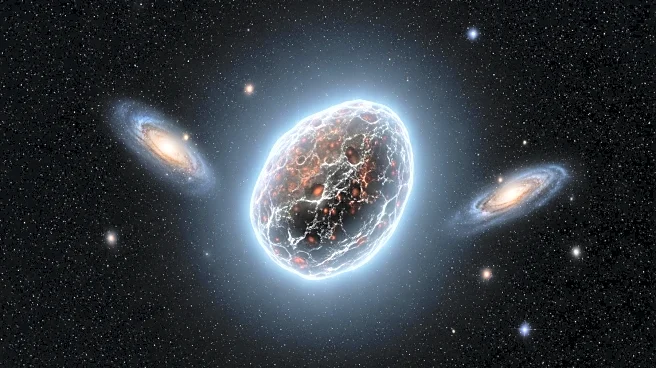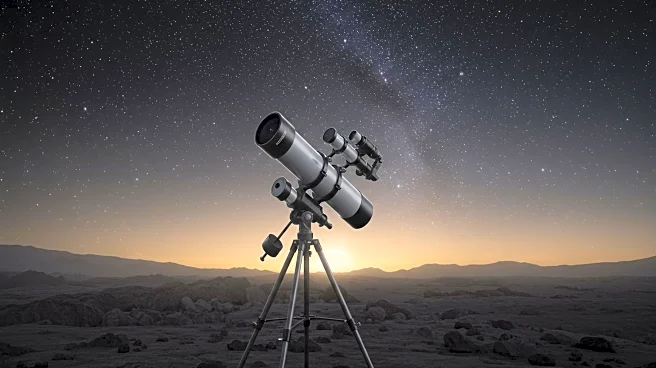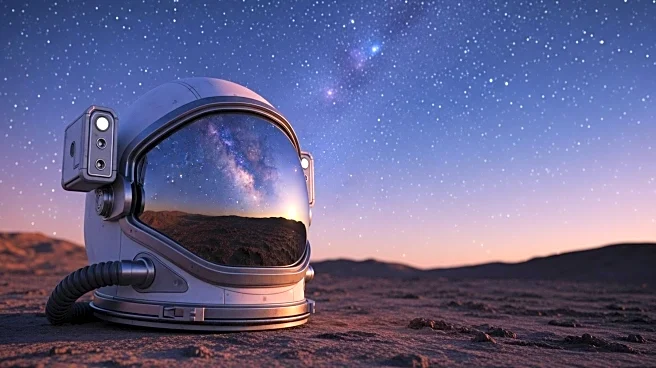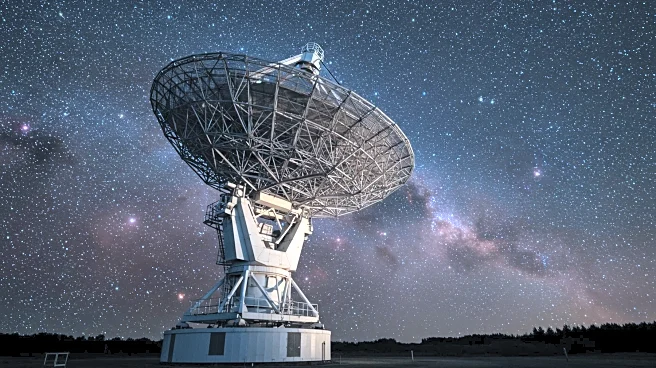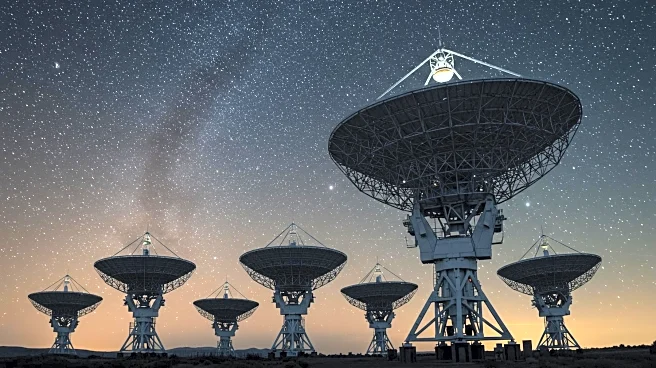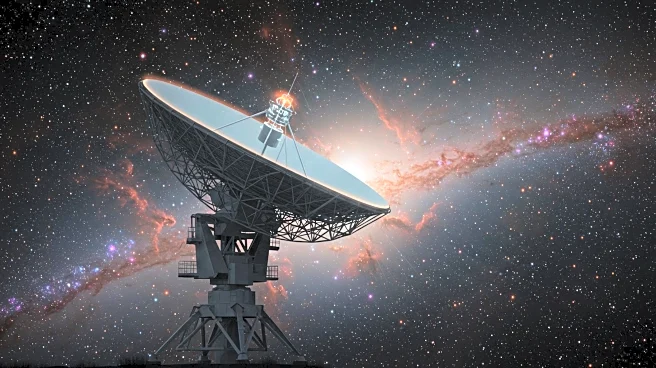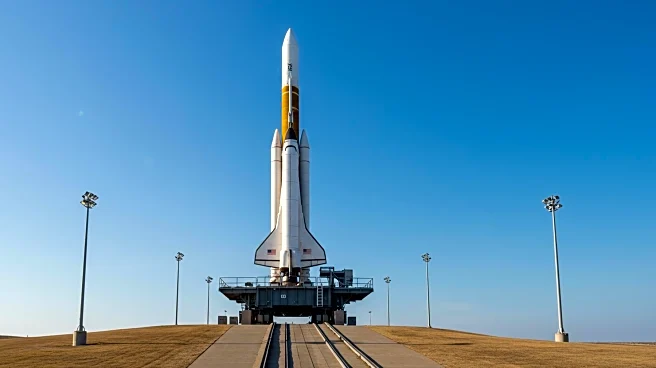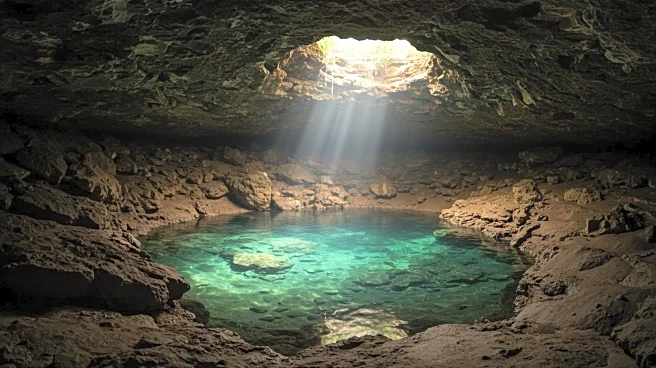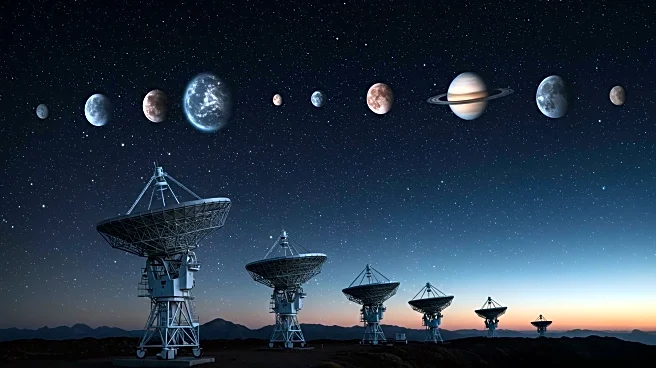What's Happening?
Recent research led by Samuel W. Courville from Arizona State University, in collaboration with NASA's Jet Propulsion Laboratory, suggests that the dwarf planet Ceres, the largest object in the asteroid belt, may have had conditions suitable for life billions of years ago. The study, published in Science Advances, indicates that Ceres might have had a subsurface region with a steady supply of hot water heated by radioactive decay in its core. This environment could have supported single-celled lifeforms between 2.5 to 4 billion years ago. The findings are based on data from NASA's Dawn mission, which revealed that Ceres lacks sufficient heat to maintain an interior ocean today, but may have had the necessary conditions in the past.
Why It's Important?
The implications of this study are significant for understanding the potential for life beyond Earth. Ceres, like other 'Ocean Worlds' such as Europa and Enceladus, may have once harbored life, expanding the scope of astrobiological research. This discovery could influence future missions aimed at exploring water-rich bodies in the solar system, potentially leading to breakthroughs in identifying habitable environments. The research also highlights the importance of studying planetary bodies that may have been habitable in the past, offering insights into the evolution of life-supporting conditions in the universe.
What's Next?
Further exploration and analysis of Ceres and similar planetoids could provide more detailed insights into their potential for past habitability. Scientists may focus on developing advanced models to simulate the historical conditions of these bodies, aiming to identify specific markers of life. Additionally, future missions could be designed to probe the subsurface regions of Ceres, seeking direct evidence of past life or conditions that could have supported it.
